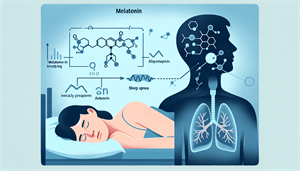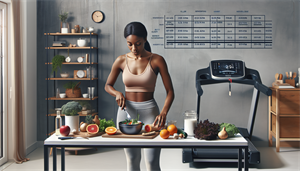
Are Sleep Apnea Machines Safe?
Are sleep apnea machines safe? This pressing concern for sleep apnea patients gets a direct answer here: yes, they are, when certain guidelines are followed. Shedding light on the measures that maximize safety and the simple precautions that can prevent complications, this article acts as a roadmap to confident CPAP use. We’ll navigate through safety protocols, risk factors, and maintenance advice, equipping you with knowledge for peace of mind.
Key Takeaways
CPAP machines are essential for managing sleep apnea by keeping airways open during sleep, preventing complications, and improving survival rates, but must be used correctly and maintained for safety. While CPAP therapy is considered safe by the FDA, users must be mindful of managing common side effects using strategies like humidifiers and ensure replacements of CPAP parts as needed to maintain hygiene and device performance. Alternative treatments such as oral appliances, positional therapy, and lifestyle changes are options for sleep apnea patients who struggle with CPAP therapy, though CPAP remains a highly effective and safe treatment when used properly.
Understanding CPAP: The Lifesaver for Obstructive Sleep Apnea
Sleep apnea, including central sleep apnea, is a serious sleep disorder, characterized by breathing interruptions during sleep, snoring, and daytime sleepiness. CPAP therapy has emerged as a medical marvel, addressing these issues by delivering continuous positive airway pressure to maintain open airways during sleep. Studies highlight that CPAP machines are highly effective in treating sleep apnea, breathing new life into the nights of those suffering from this condition. Preventing complications of obstructive sleep apnea, such as heart problems and excessive daytime sleepiness, necessitates adherence to CPAP treatment, thereby enhancing survival rates.
The Role of CPAP in Sleep Apnea Treatment
Maintaining the openness of the upper airway during sleep, a key factor in managing sleep apnea, is the primary function of a CPAP machine. The CPAP pressure is adjusted according to the user’s needs to ensure effective treatment. The recommended treatment for severe sleep apnea typically includes high pressure CPAP therapy, along with lifestyle changes and advice to avoid sleeping on your back. So, CPAP machines are not just another medical device; they are lifelines for those struggling with sleep apnea. They ensure night-time breathing is not interrupted, promising a good night’s sleep and a better quality of life.
How CPAP Machines Work
The operational principle of a CPAP machine involves delivering a continuous stream of pressurized air, or air pressure, through a mask into the airway to maintain its openness, thereby mitigating breathing difficulties and facilitating the elimination of carbon dioxide while enhancing oxygen levels in the lungs. The machine consists of a motor that draws in room air to pressurize it, a hose that channels the air, and a mask that delivers the pressurized air to the user’s airway, thereby supporting consistent breathing throughout the night. Varieties of CPAP machines cater to individual needs. For instance, APAP machines adapt pressure according to the user’s breathing patterns, and BiPAP machines provide two pressure levels for inhalation and exhalation. It’s like having a personalized sleep specialist at your side, ensuring that you breathe easy while you dream away.
Assessing the Safety Profile of CPAP Devices
While CPAP machines have proven to be effective, questions about their safety often arise. Safety of CPAP therapy can be ensured by: Using the machine correctly Maintaining cleanliness of the equipment Replacing it when necessary Promptly addressing


